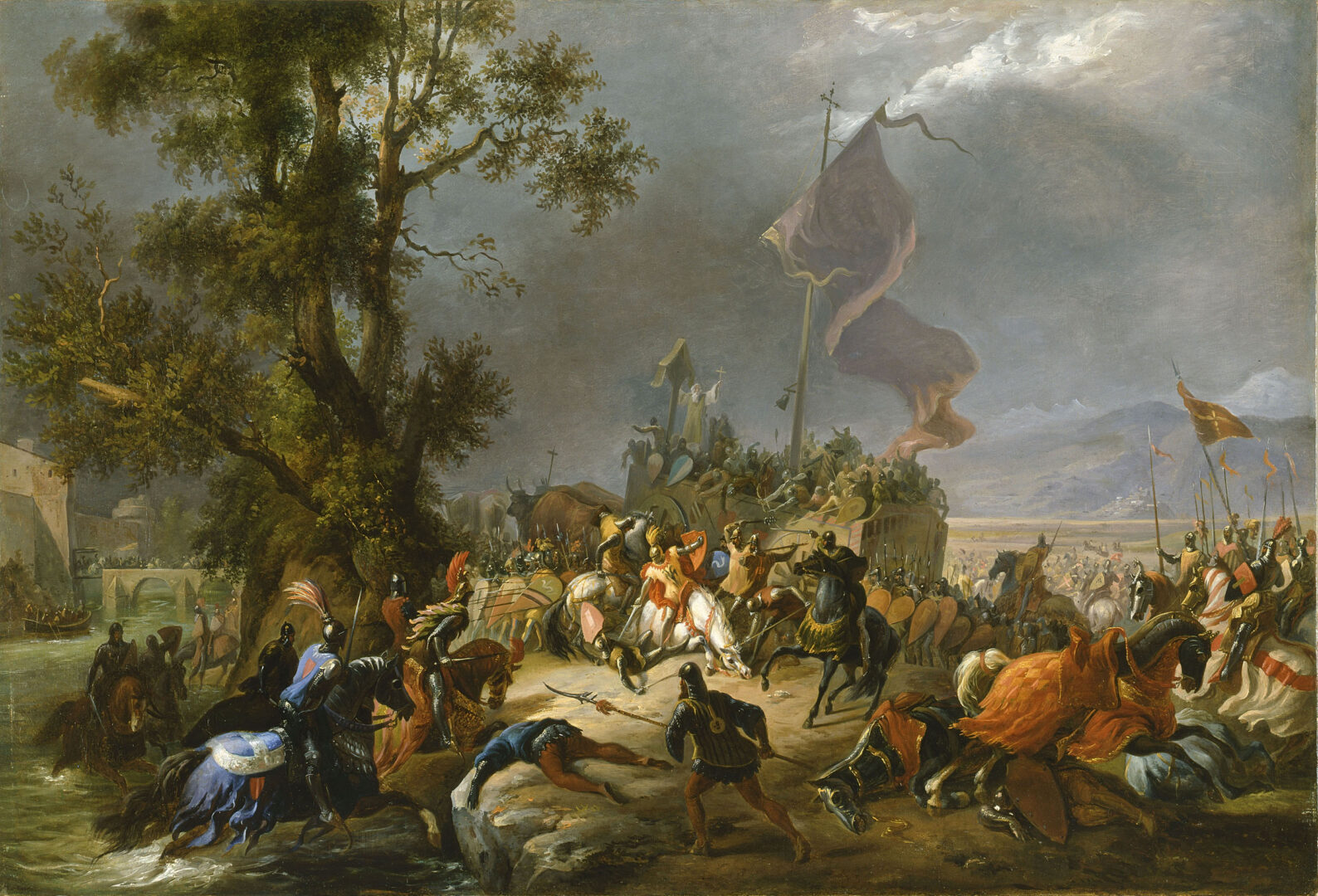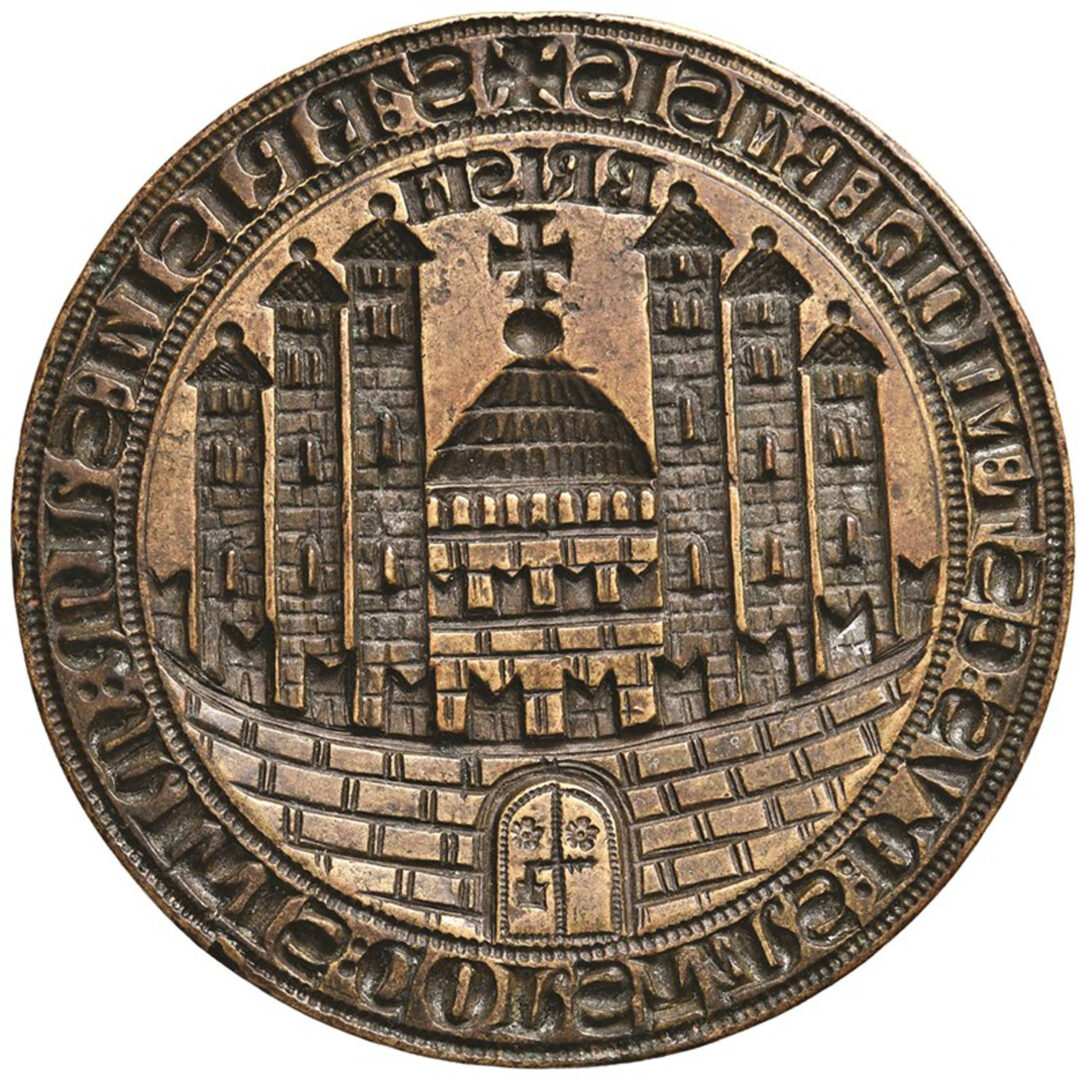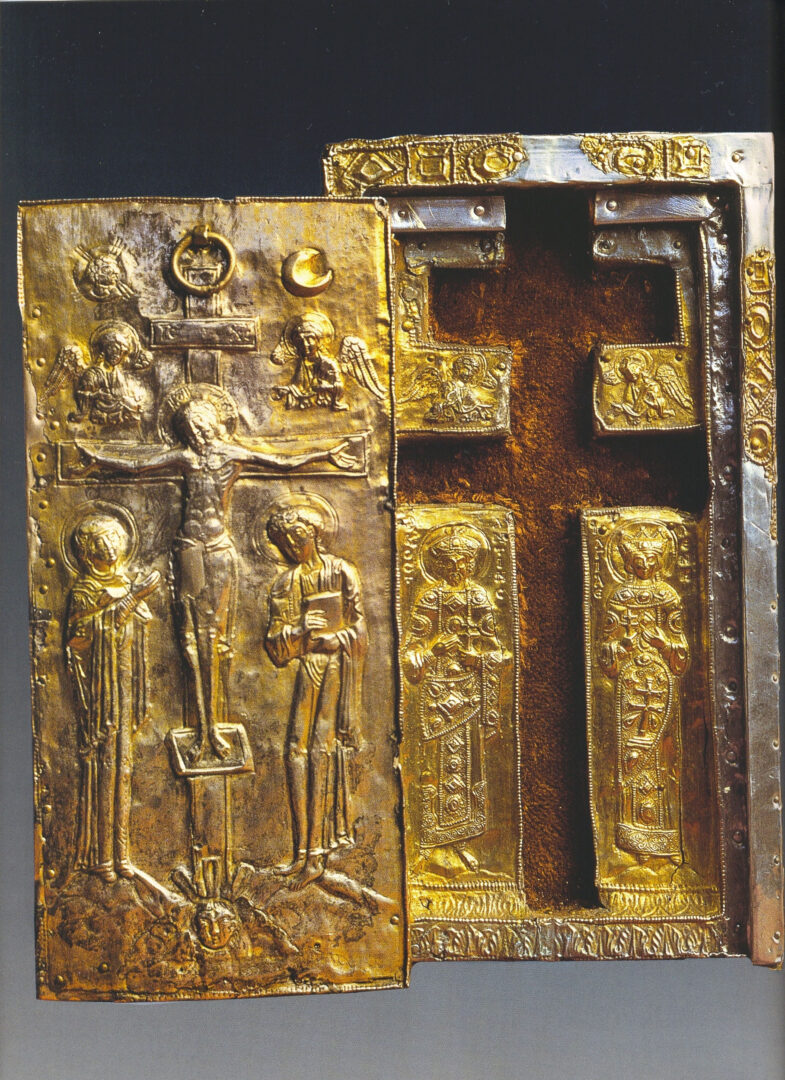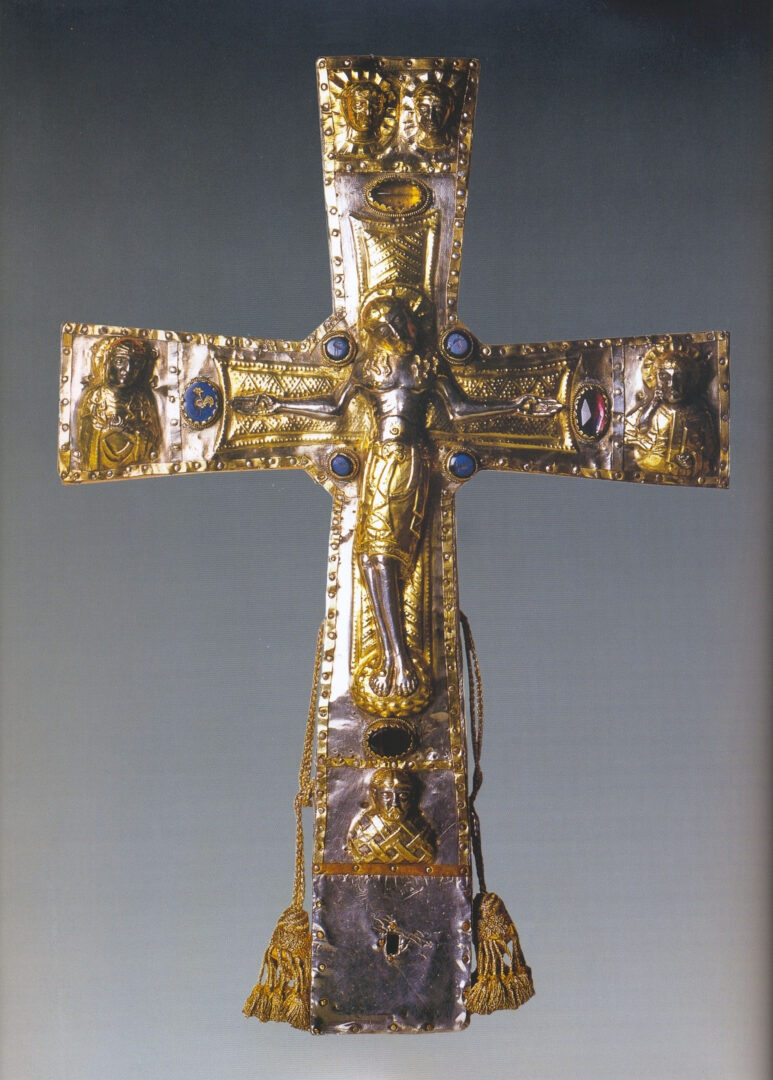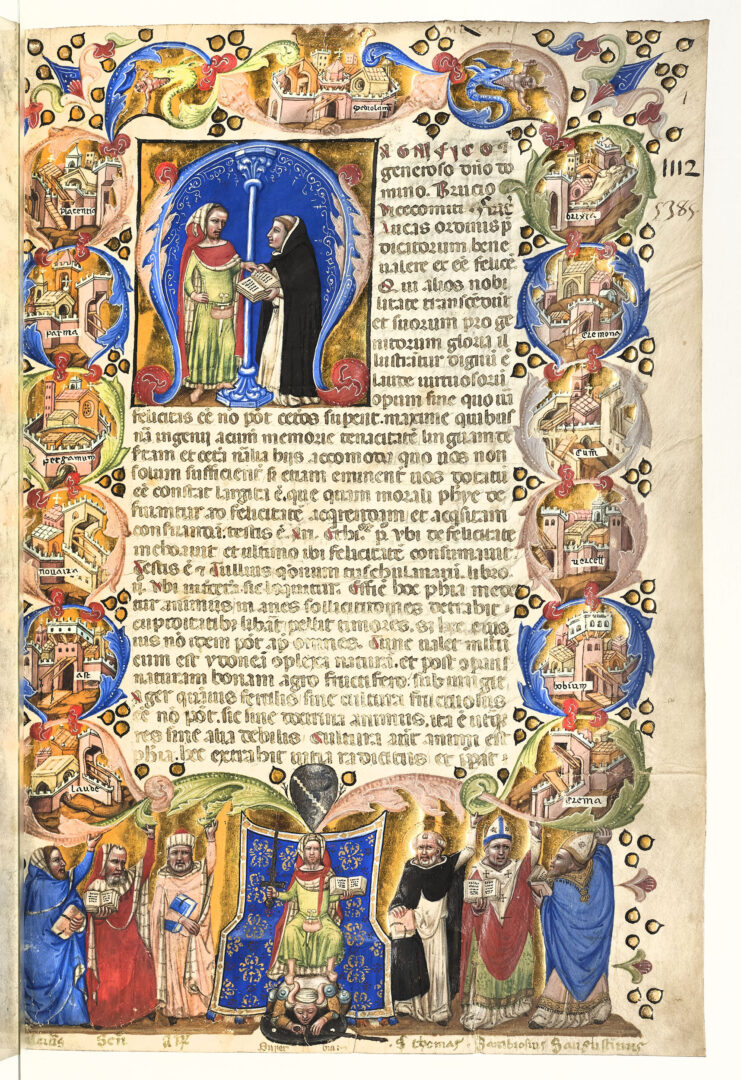La città del Leone. Brescia in the Age of the Communes and Signorie
From 29 October 2022 to 29 January 2023

It was between the 12th and 15th centuries, a period marked by the appearance of the Communes and later the Seignories, that Brescia radically changed its face to take the form that still characterizes it today. The municipal magistracies and the lords who asserted their dominion over the city and its territory, in addition to being at the origin of vast urban interventions and great architectural construction sites that redefined its structure and appearance, also intervened in the creation as much of new instruments of government as of the images, symbols and rituals through which civic identity is still expressed today.
In fact, this era saw the birth of the municipal coat of arms with the rampant lion, which Carducci would later make famous by associating it with the heroism of the martyred city of the Ten Days, and the civic cults of the patron saints Faustino and Giovita and of the Holy Crosses, which set the rhythm of the city’s calendar of festivities, then as now involving both the population and the municipal administration, developed.
The exhibition
Promoted by: Comune di Brescia, Fondazione Brescia Musei, Alleanza Cultura
Under the patronage of:
Diocesi di Brescia, Compagnia dei custodi delle Sante Croci
Curated by Matteo Ferrari
This exhibition provides the occasion to finally carry out an extensive and comprehensive study of Brescia’s civic institutions, its key protagonists, its forms of government and means of communication; but most importantly it will provide the occasion to share the results of this research with a wide public that as of today lacks a clear, updated, and duly documented guide to learn about this major chapter of local history. To this end, the essays in the catalogue and the extended captions of the works on display will be written
by scholars who are active also beyond the local context, and whose interdisciplinary approach is considered a guarantee of a duly contextualised reading of the records.
The time span explored by the exhibition will range from the second half of the twelfth century, when the first traces of communal civic institutions appeared, to 1426, when Brescia became part of the Republic of Venice.
Photo credits: © Gentile da Fabriano, Madonna of Humility, Pisa, Museo Nazionale di San Matteo by courtesy of the Ministry of Culture– Regional Direction of the Museums of Tuscany – Florence

Easy Guide
Discover our Easy Guide!
Put on your headphones, type in the number of the work in the exhibition you’d like to learn more about, and let us guide you.

